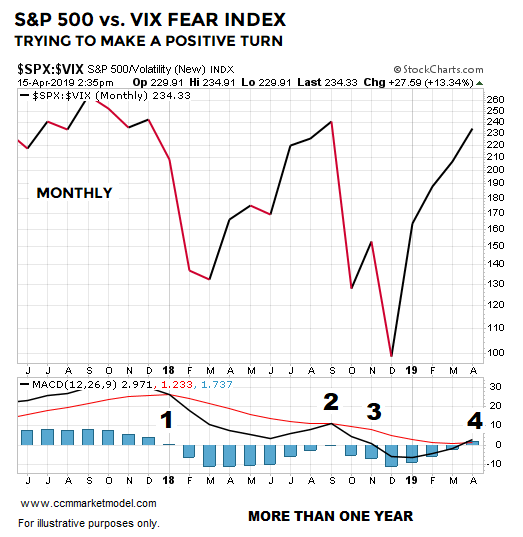This week’s video outlined some signs of slowing short-term momentum in the S&P 500. Given the duration and magnitude of the current rally, concerns still remain. However, Tuesday’s session did provide some notable short-term shifts on the S&P 500’s daily chart.
The comments via the video clip/link above regarding the same indicators on the S&P 500’s weekly chart still apply. The market has provided numerous forms of “be open to higher highs” evidence over the past 90 days; some examples can be found here. We will continue to take it day by day, keeping an open mind about all outcomes, especially over the next three to six weeks.








